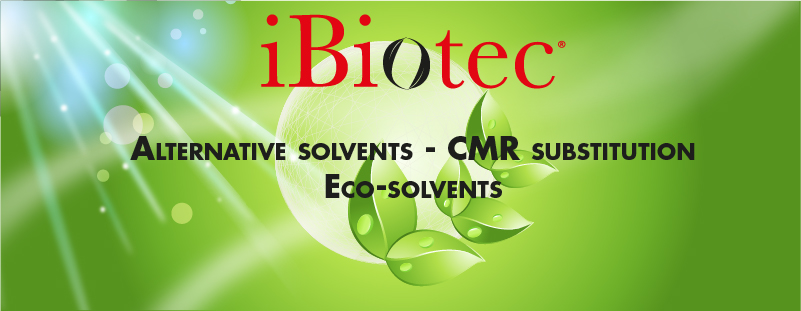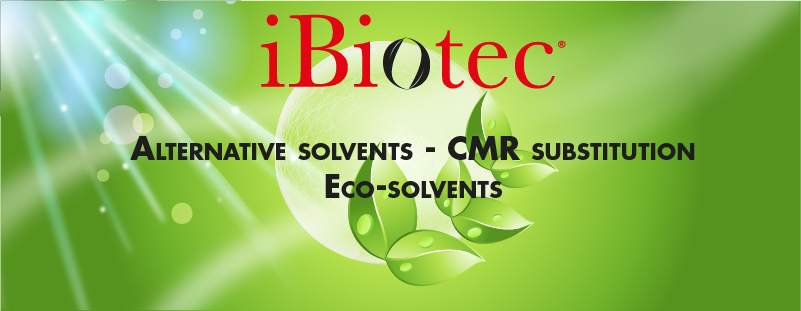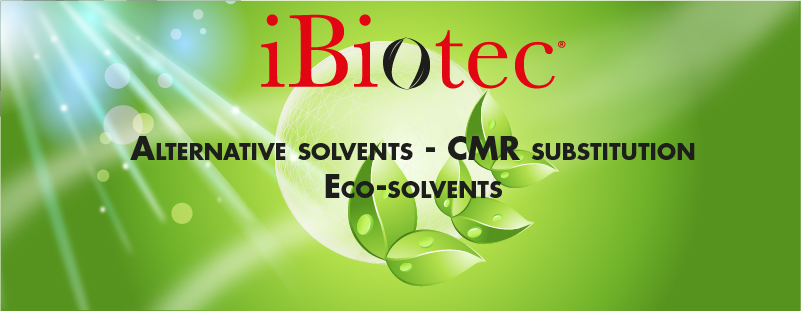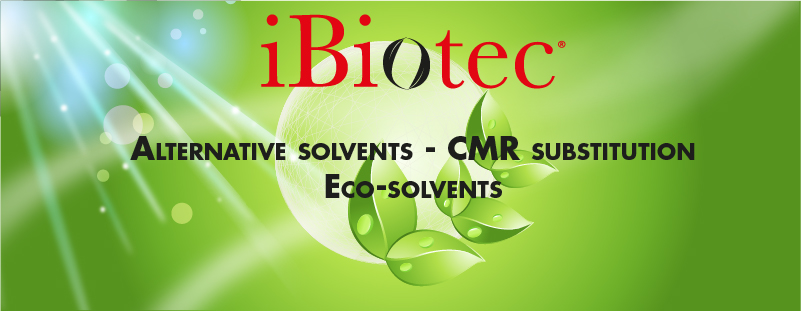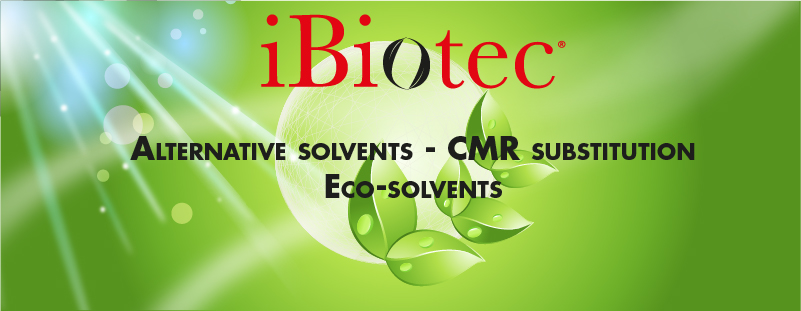BIOLOGICAL FOUNTAINS
Biological fountains:
There was significant enthusiasm for the use of biological fountains, since in theory they did not generate industrial waste. However, biological fountains cannot eliminate all pollution, the presence of gasoline, diesel, thinners, paints are prohibited under penalty of destroying or inhibiting microorganisms. A simple power outage can cause foul odours. The replacement of the baths has a prohibitive cost, in the range of 700 to 900€ and must be carried out sometimes several times a year.
In addition, there are no current regulations regarding biological fountains.
The responsibility rests within the scope of common law. The user is solely responsible for the dangers associated with the use by the populations, genera, and species, of the micro-organisms provided to him.
There are not enough scientific studies for all the micro-organisms used.
Environmental micro-organisms could contaminate the fountains.
The genera and species seeded at the installation of a biological fountain are not always the same over time and do evolve, their proportion can also fluctuate over time.
In addition, there is a risk that can be transmitted to users when they are immunodeficient.
Refer to www.inrs.fr ND 2304 suivi de la flore microbiologique des fontaines de biodégradation des graisses (ND 2304 monitoring of the microbiological flora of grease biodegradation fountains)
Refer to www.inrs.fr évaluation des risques des fontaines de biodégradation des graisses (risk assessment of grease biodegradation fountains.)
Table I Classification of biological agents into infectious risk groups
"It is clearly stated that it is up to the user to carry out his own risk assessment, the user must be able to have the following information":
- The precise identity of the microbial strains entering the process.
- The potential pathogenic power of each biological agent.
- The infectious dose of each pathogen.
- The bacterial concentration reached in the process.
- The pathway of penetration of the pathogen into the body (digestive, cutaneous-mucous, respiratory).
|
Do users have the means, since it is their responsibility, to also monitor population evolution and changes over time, compared to the original stocking? Do they know the pathogenic power, and the infectious dose? |
The Canadian institute, IRSST, recommends more extensive preventive measures, based on the French general recommendation for the use of PPE.
Refer to www.irsst.qc.ca utilisation sécuritaire des fontaines biologiques de dégraissage (safe use of biological degreasing fountains). If the parts are dried with a blower, wearing a protective mask, or breathing mask is compulsory.
To read « Voyage au pays des bactéries » (Journey to the land of bacteria) of Mme Christine DAVID Microbiologiste au Département Expertise de l’INRS.
